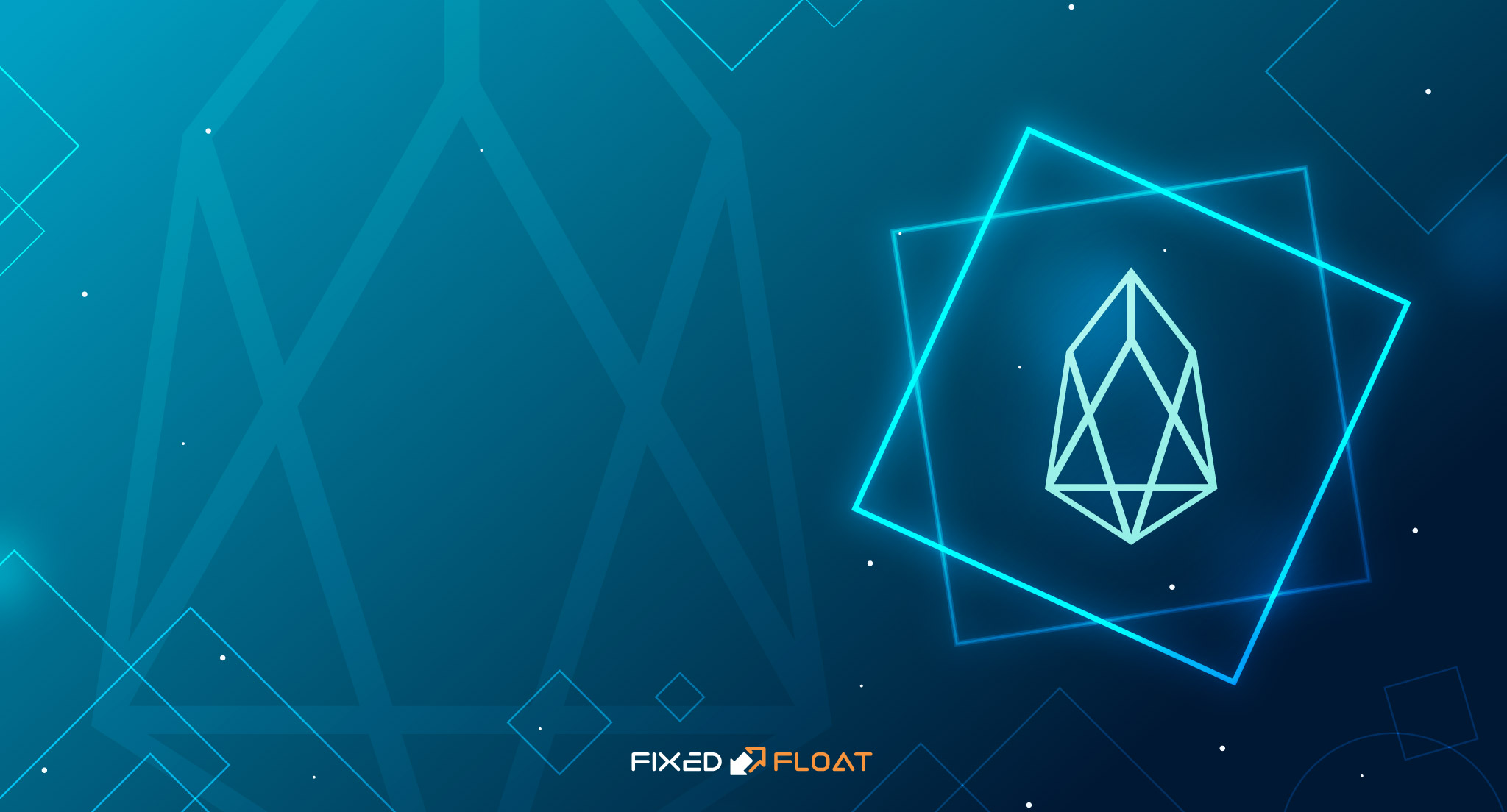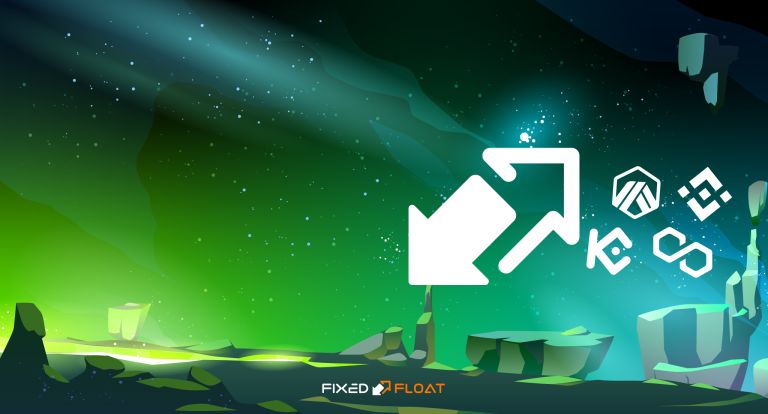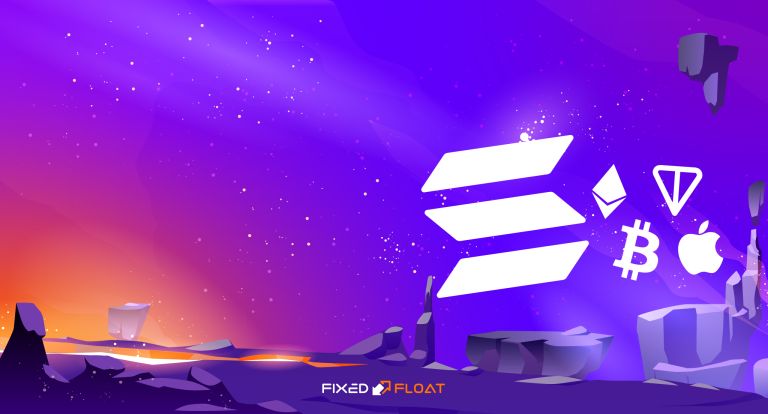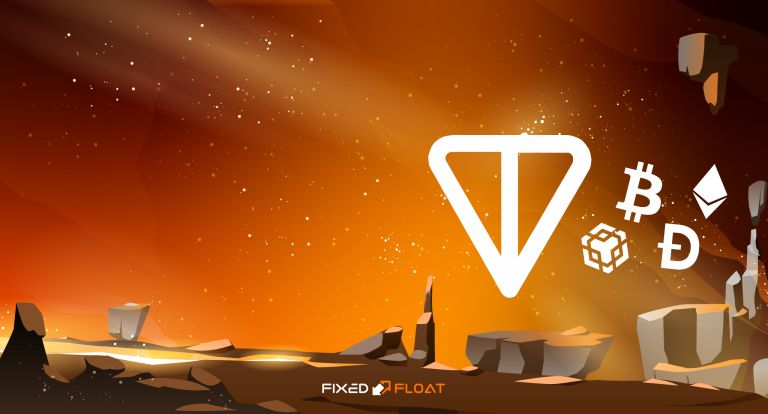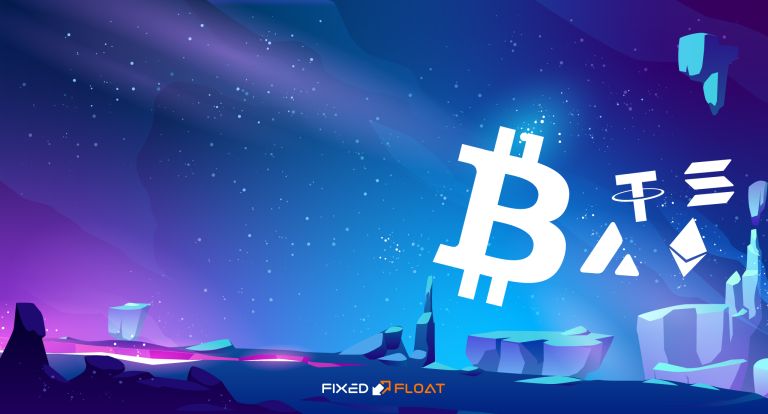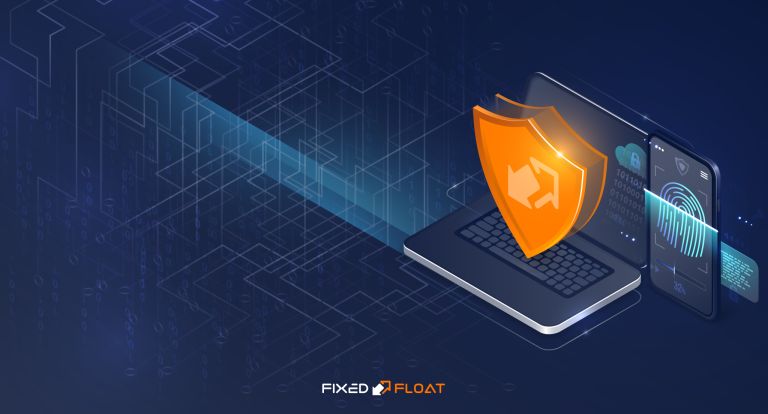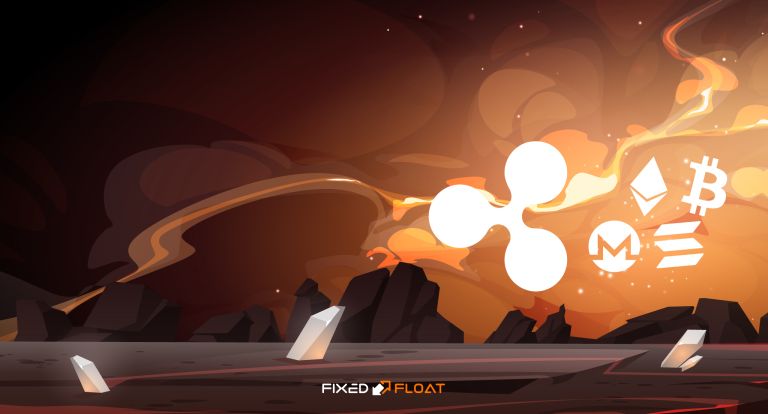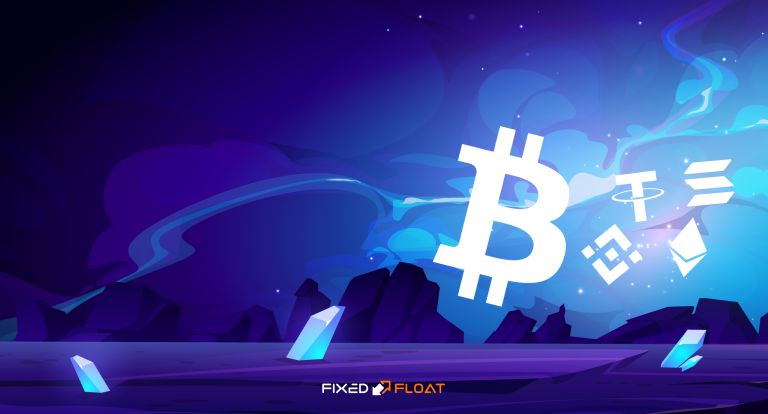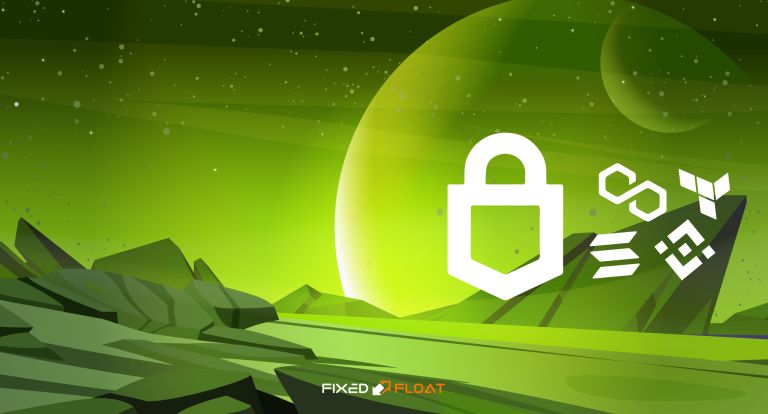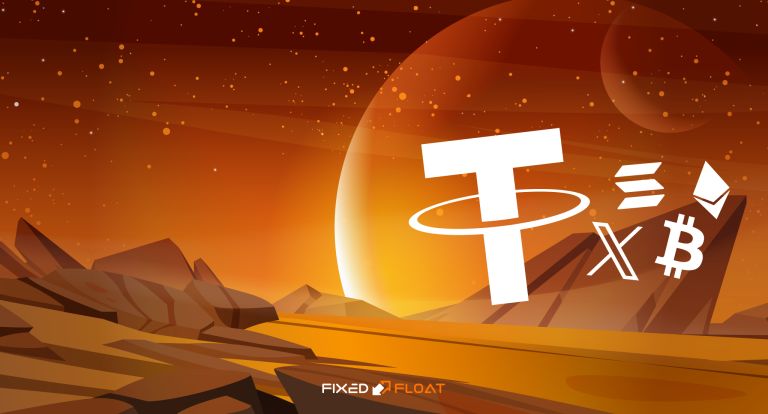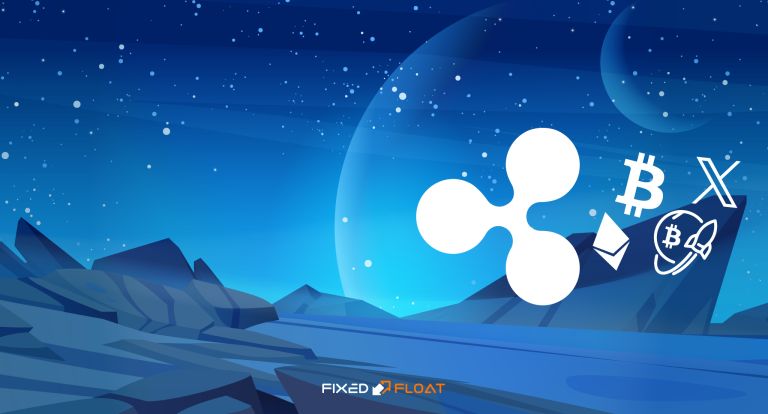A Brief History of EOS
EOS is a blockchain platform of the Block.one organization, created in 2017 for the development of decentralized applications. In terms of functionality, it is similar to Ethereum. The platform has its own EOS cryptocurrency. In December 2021, the EOS community refused to make recurring payments to Block.one, accusing the organization of no longer acting on behalf of the network. This decision was made by EOS members and Network Foundation (ENF) block arbitrators.
The idea of the project is to combine the capabilities and prospects of smart contract technologies in one platform available to ordinary users. EOS makes it easier to develop decentralized applications by providing a service with the necessary functionality for this.
According to the developers, EOS differs from Ethereum in that it solves the problems of scaling and usability, and also uses its new Delegated Proof-of-Stake system. EOS has every chance to become a serious competitor for Ethereum.
Advantages of EOS
- The Delegated Proof-of-Stake system ensures network security. Network members vote to select validators who validate and add blocks for a fee. If a validator does not comply with the rules of the network, he is removed from his position by voting, and another user takes his place. Due to this, low energy costs for network maintenance are required.
- High level of scalability and flexibility. EOS has overtaken Ethereum in the number of transactions processed per second.
- The EOS system allows you to create readable addresses.
Example:fixedfloat - Investors regularly invest in the development of the project.
Disadvantages of EOS
- There is no transparent reporting to investors on the spending of invested funds.
- The complexity of creating an account and the small number of supported multi-currency wallets.
Getting started with EOS
EOS has a number of features to consider when choosing a wallet:
- To create an account, you need to place a bet on the EOS network.
- The platform has many different blockchain projects that issue their own tokens. Not all EOS wallets support tokens created on the EOS network.
- Be sure to pay attention to the level of security and methods of storing private keys.
Consider MY EOS WALLET. It has its own features that can cause difficulties for newcomers to the network. The wallet has three main resources: CPU, RAM and NET. They can be compared with the resources of a smartphone:
- CPU — battery life;
- RAM — Memory;
- NET — traffic package.
As in a smartphone, part of the memory is occupied by the operating system, so in an EOS account of 8 KB, the account itself occupies 3 KB. RAM is used when creating smart contracts and can be increased by paying with EOS currency. CPU and NET resources are similar to the gas in the ETH network in terms of how they work. They are used to perform transactions. In 2021, EOS moved to the PowerUp model. Now, to perform operations on the network, you need to buy CPU and NET with EOS coins, which burn out after 24 hours.
The platform has yet to release an official EOS GUI wallet. There is a Cleos utility from Block.one, a command line tool. It can be used by advanced users. To work safely with your account, you can create a My EOS Wallet and link your EOS account to the Scatter plugin. It should be borne in mind that the activation of an account in the EOS network is paid. Private keys will be stored only with you, without loading the network and without endangering your cryptocurrency.
